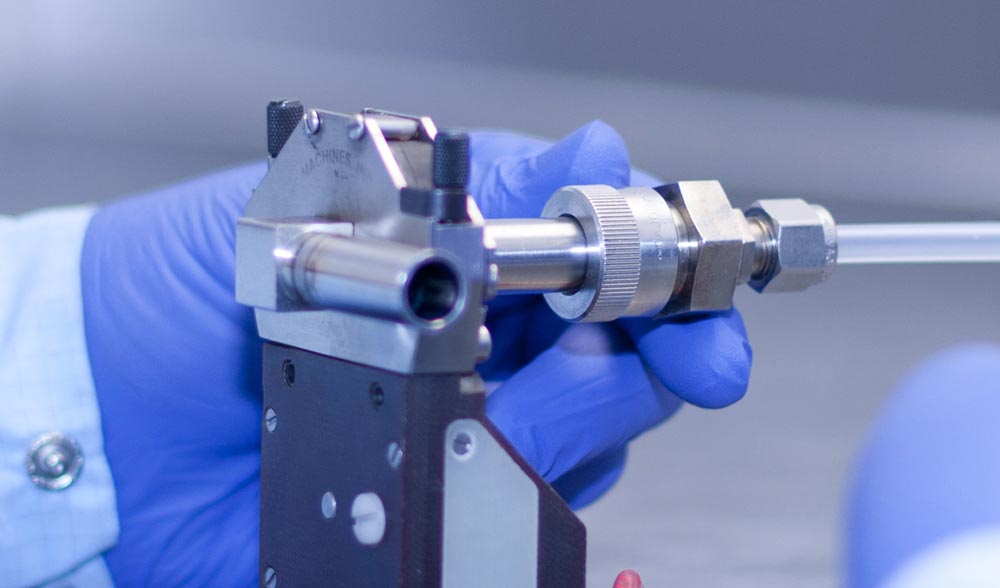Welding can be defined as the joining together of materials through exposure to high temperatures. These high temperatures melt a base metal, which when allowed to cool, will have firmly fused to the secondary material. Welding is a stronger method of joining materials than those which are conducted at lower temperatures, such as soldering. However, there are multiple different methods of welding, and each method is appropriate for different applications. Therefore, it is important to know what kind of welding is the best for your manufacturing and fabrication project.
Specialised Welding
Specialised welding is welding which incorporates a wide range of stainless steel alloys, including Duplex and Super Duplex stainless steel. It differs from normal welding due to the materials being welded and the purpose of the project. Specialised welding may be necessary due to the product being fabricated having specific properties. For example, if a jet engine was being manufactured, then specific and specialist alloys would need to be used due to the materials needing to withstand extreme temperatures. Therefore, the task would require specialised welding, not standard wielding. Typically, specialised welding projects are complex, and require high levels of welding expertise. Welders need to hold specific certification and accreditation to be considered ‘specialist welders’ and, therefore, allowed to take on specialised welding jobs.
High Purity Welding
High purity welding is used in the semi-conductor, pharmaceutical and aerospace industries. It is a unique method of joining due to the fact that in order for a weld to be considered ‘high purity’, it must contain fewer than ten ppm of contaminants including oxygen, hydrogen and carbon. For this to be possible, high purity welding is usually completed within a cleanroom environment, to ensure the lowest possible exposure to contaminants possible. This level of contamination prevention is required for projects in these industries, as whatever will be traveling through the material welded (typically a tube) must remain sterile in order to be safe and functional. TIG welding is an example of high purity welding. TIG stands for Tungsten Inert Gas, and is a method of welding which saw its popularity grow in 1940s California due to its appropriateness for aerospace manufacturing. A TIG weld works by an arc being generated between the Tungsten and the metal which is being welded. The arc generated is protected by the inert gas, which in turn benefits the safety of the welder.
Orbital Tube Welding
Orbital tube welding is the process of welding where the welding tool and arc are rotated (or orbited) 360 degrees around the tube being welded. Orbital tube welding is a method of welding which produces high quality, repeatable and replicable results, without the need of intervention from a human welder. It was invented as a way to improve welding quality within the aerospace industry during the 1960s. Specifically, orbital tube welding was developed as a method of welding which would combat fuel leakage, which was both financially and environmentally problematic for the aerospace industry. As a method of welding, it is especially good at welding pipes and tubes to each other evenly, and with greater precision, faster speed, increased speed and more safety than standard welding within the workplace.
Orbital Fabrications is the experts when it comes to in-house fabrication and site installation of high purity welding stainless steel pipework, manifolds and control systems, servicing the semiconductor, pharmaceutical and process industries. Further, with over 30 years’ experience, we are also capable of welding high nickel content alloys, and are specialists in Inconel welding, meaning that for whatever manufacturing problem you face, Orbital specialised welding capabilities can find a solution. Orbital’s welding services conducts TIG Welding for a large variety of customers and industries, ensuring the very best in joining.
We now have one of the best-equipped workshops, cleanrooms and machine shops in the country. Our facilities include four Class 6 cleanroom workstations and an additional workstation specified to Class 5 cleanroom standards for work that requires the highest levels of cleanliness. We can accommodate simple one-off weld assemblies to complete gas and fluid handling systems. Upon completion, each product is individually bagged and sealed, ensuring that it reaches you in the same environment as it leaves our cleanroom.
